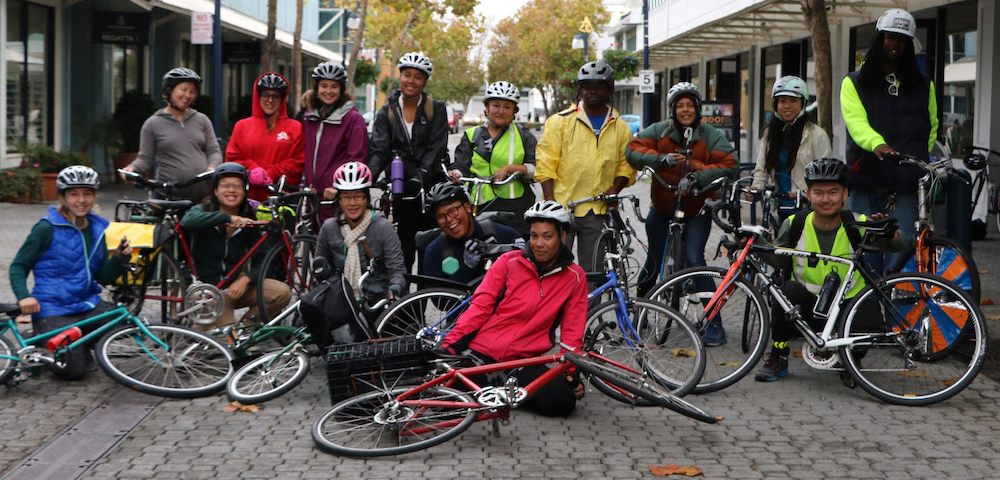http://www.youtube.com/watch?v=lRjN6Y7tTV8
High-tech bicycle parking has been available in Japan for over a decade. Recent comments about this video in Drunkcyclist questioned the need for bicycle parking in the US and exhibited distrust at leaving an expensive road bike in the hands of a robot. Our perspective in the East Bay may differ from Flagstaff, AZ.
The new, expanded, streetlevel Downtown Berkeley Bike Station will replace the crowded 75-bike capacity Bike Station in early 2010. A recent review of some relatively crude bike parking systems proposed for the Bike Station caused me to wonder what will follow, when our 250-bicycle capacity is reached.
Has Japan designed the world’s best bike shed?
It’s not often something stops you in your bike tracks. But a spectacular “bike tree” invention from Japan bowled me over when I was in Tokyo a couple of weeks ago.
Fed up with bicycles locked to railings, piled on top of each other, blocking doorways and roads, a local council in the city installed the mechanical masterpiece. It’s basically an automatic storage system for cycles and operates with computer tagging of bikes and either storage in a building or a basement structure.
There are a number of locations where these bike trees are now in place in Tokyo some hold 600-odd bikes, others more than 6,000. The concept came from the massive Japanese steel company JFE, whose engineering works division first started them in 2007 but are now spreading.
The idea is quite simple, although no doubt the technology is fiendishly complicated. Bike owners who want a secure parking spot must register and pay a monthly fee 1,800 yen (around £12 a month) and students get discounts.
Bikes are fitted with a small electronic tag. When the bike is placed into the ruts of the bike tree machine, a sensor logs the owner’s details. A mechanical arm then emerges, pulls the bike into a cylindrical well and stores it at high speed in a free location. To retrieve the bike, the owner swipes a card through a reader and the bike is plucked from racks and brought back down or up if it’s a basement design to earth. The process of retrieval normally takes 15 seconds but can be slightly longer (it took 30 seconds in my experience).
The advantages are plain your bike becomes theft-proof, you are encouraged to cycle to work and local authorities don’t have to deal with unsightly and sometimes annoying bicycle clutter. The downside is that it costs a lot of money and the infrastructure involves serious resources.
The tree’s inventors at JFE are very proud of their invention and naturally curious as to whether it would catch on Europe. Perhaps it’s time Boris Johnson, London’s cycling mayor and biking knight in shining armour, took a look.


